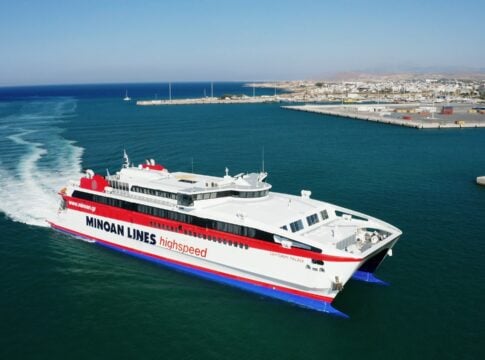The first half of the second quarter of 2024 found ocean liners facing an unusual condition: all five major shipping industries showed momentum in terms of rates, while for the vast majority the signals from the demand/supply balance appeared encouraging.
As we are heading towards the end of the first half, the signs remain positive, despite the correction in some markets such as dry bulk carriers.
Looking at the major markets one by one, the upward momentum that started in the second half of 2022 in tankers remains durable, despite the intense volatility created by a number of factors.
The geopolitical landscape continues to be the No. 1 condition that shipowners are watching closely.
Decisions on the Middle East, Venezuela and Russia set an unpredictable backdrop that has so far benefited freight rates, while demand for oil appears to be recovering faster than expected.
At the supply level, despite the “surge” of new building contracts, the orderbook is still smaller, compared to the average of previous years.
Regarding bulk carriers, it is noted that they had one of the best first quarters on record, in a period that seasonally causes “headaches” to shipowners, boosted by strong Chinese imports and trade patterns rearrangements due to the Red Sea crisis.
At the forefront of this upward trend were the large, capesize trucks, which followed a frenzied rally, before finally correcting to some extent.
At the same time, shipowners’ reluctance to invest in new tonnage has kept the order book at fairly low levels, with fleet growth expected to be particularly low until at least 2026.
Meanwhile, recycling activity may be subdued, but the increased age profile of the fleet points to more tonnage flows to the scrap yards in the coming years.














